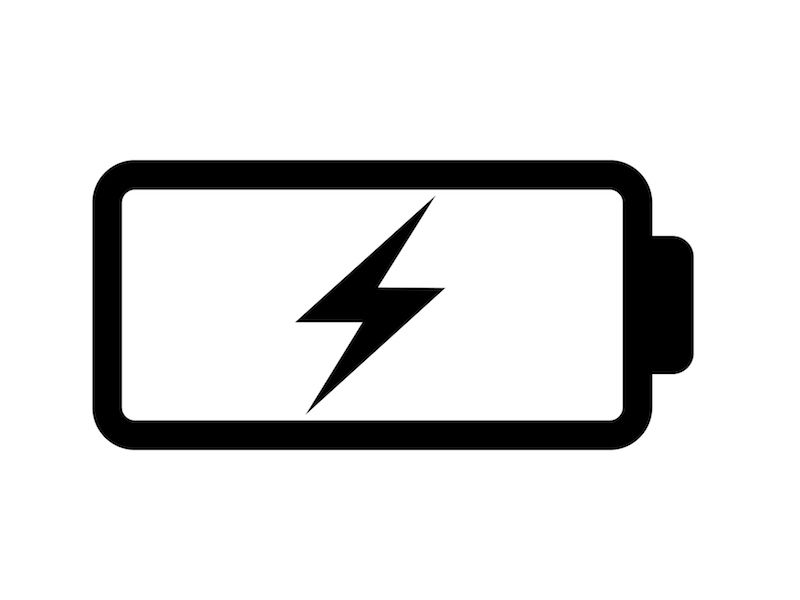
Worrying about running low on batteries is something you shouldn’t have to do with rechargeable hearing aids, but when you depend on this technology, it may make you slightly anxious. Do rechargeable hearing aids work, and do they work as well as advertised?
Those questions are reasonable, as is the accompanying anxiousness. A hearing aid is often a vital part of one’s day-to-day life, as necessary for a quick visit to the grocery store as they are for the enjoyment of a television show or movie. It’s essential that a piece of technology works correctly and reliably, especially when it affects so many facets of life.
How Do I Know What Type of Battery I Have?
By default, most modern-day hearing aids come with rechargeable batteries, so it’s likely if you bought your hearing aids recently, it has one of two types of batteries. Silver-zinc batteries, which have a battery door on the back, are rechargeable, but every now and then they have to be replaced. A Lithium-ion battery, however, will last throughout the life-cycle of the hearing device and, as such, those devices will not have that telltale battery door.
How to Care For Your Rechargeable Hearing Aid
For the most part, rechargeable hearing aids do work, and they work well. As battery technology has advanced in the last few years, the dependability of these devices has increased considerably. As with any other electronic device, however, there are some easy maintenance procedures that users can practice to improve the dependability of their rechargeable hearing aids.
- The Charging Station is Where Your Hearing Aids Should be Stored: If you regularly store your rechargeable hearing aids on their recharging station you can increase the life of your battery. Charging a battery that is not completely drained does not reduce long-term battery life. As a matter of fact, you can actually increase the battery life by making sure your hearing aids are charging while not in use. A simple reminder, for many people, to charge their device when it’s not in use, is to put the charging station on a table near their bed.
- Keep Your Hearing Aids Dry and Clean: No matter how often you use or do not use your hearing aids, they have plenty of occasion to accumulate moisture, debris, and dust. Any combination of these three things can diminish the capacity of your battery and can obstruct charging as much as it needs. That’s why it’s essential to keep your hearing aids clean and dry especially when connecting your hearing aid to its charging station.
- Be Careful of Wires: Most hearing aids will have a wire element of some kind, either on the hearing aids themselves or on the charging station. Most hearing aid users are advised to be aware of these wires; the connection that enables the device to charge can be broken if you pull on or hold it by the wires.
How to Change a Rechargeable Battery
If you have lithium-ion batteries, they will probably last as long as your device does. Consequently, you should not have to worry about changing those batteries. Simply continue recharging your hearing aids as long as necessary.
However, you will want to periodically replace the batteries if you have a hearing aid that utilizes silver-zinc batteries. The lifespan of your battery can be improved by replacing them in the right way. Because of this, hearing professionals recommend the following:
- Let the batteries sit out at room temperature for at least five minutes before removing any tabs that might be attached.
- Remember to wash your hands before changing your hearing aid batteries.
- Make sure you have a dry, room temperature place to store your batteries.
- Clean and free of moisture is the state that your battery compartment should be kept in.
- Until you’re ready to use the batteries, don’t remove the plastic tabs or packaging.
Non-Use For Long Periods
If you are planning not to use your hearing aids for long amounts of time, leaving them on the charger may no longer be the best way to store your devices. If, for instance, you know that you will not be wearing your hearing aids for several weeks or months, you can just disconnect the charger and put your hearing aids in a cool and dry place.
If your hearing aids use silver-zinc batteries, you might also think about leaving the battery door open in order to prevent moisture from corroding your batteries.
Keep it Charged Every Day
All your basic requirements should be satisfied if you charge your hearing aids once per day. A lithium-ion battery, as an example, will normally require just 3-4 hours to charge enough battery power for a 24 hour period.
Do rechargeable hearing aids work? They don’t only work, they are becoming more common all the time. Contact your local hearing aid retailer to see all the different models